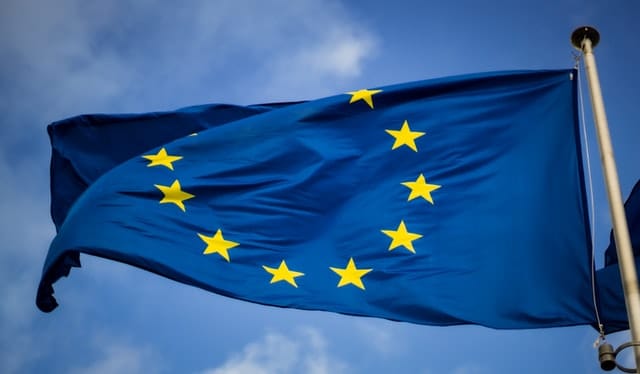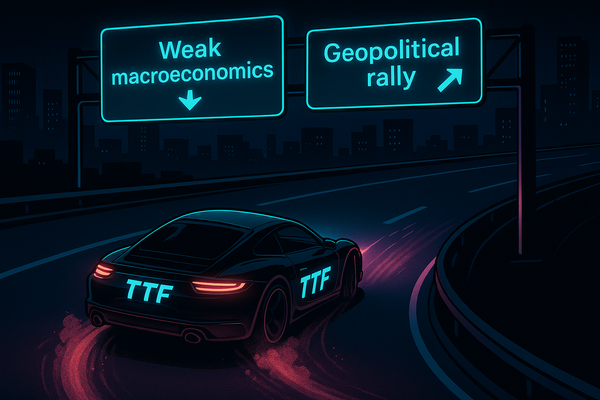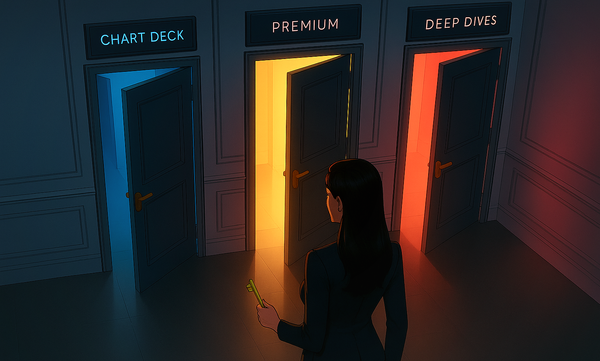EU tearing itself apart over nuclear, gas, carbon and Russia
Plus: Coal burn breaks records, lithium = kryptonite + MORE

Plus: Coal burn breaks records, lithium = kryptonite + MORE


TTF bull trap turns investment funds into bag holders | EU LNG Chart Deck: 26 June 2025

TTF turns on a dime, but is risk being priced properly? | EU LNG Chart Deck: 20 June 2025

More choice. Same sharp insight. Now with a free trial.

EXCLUSIVE: SOCAR interview Q&A + multimedia report from Baku Energy Week